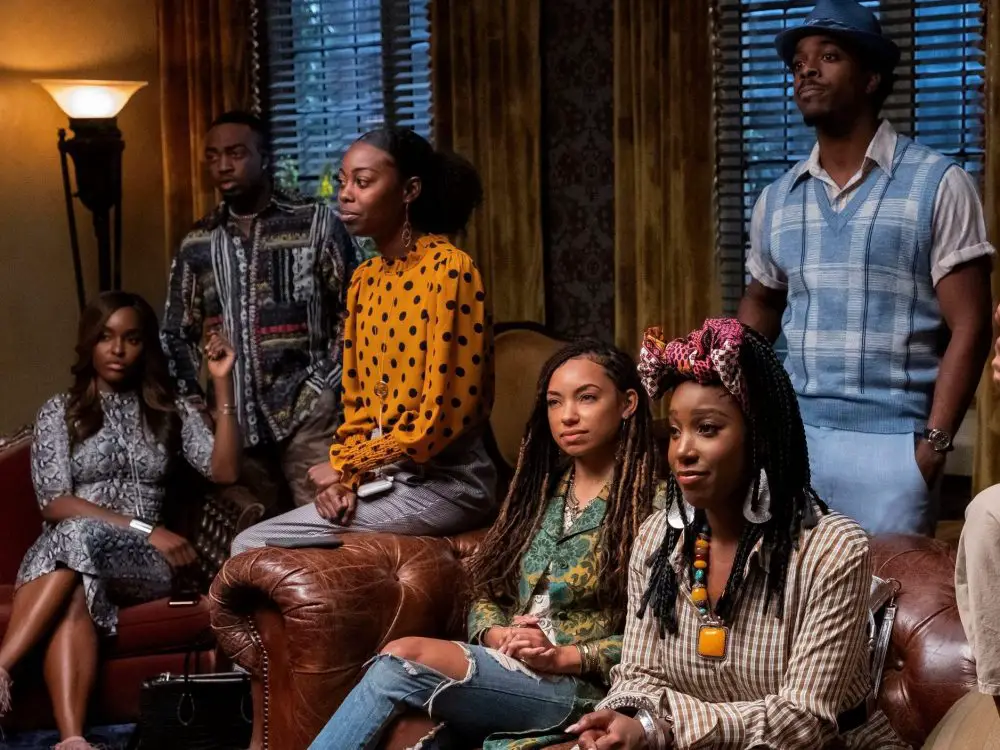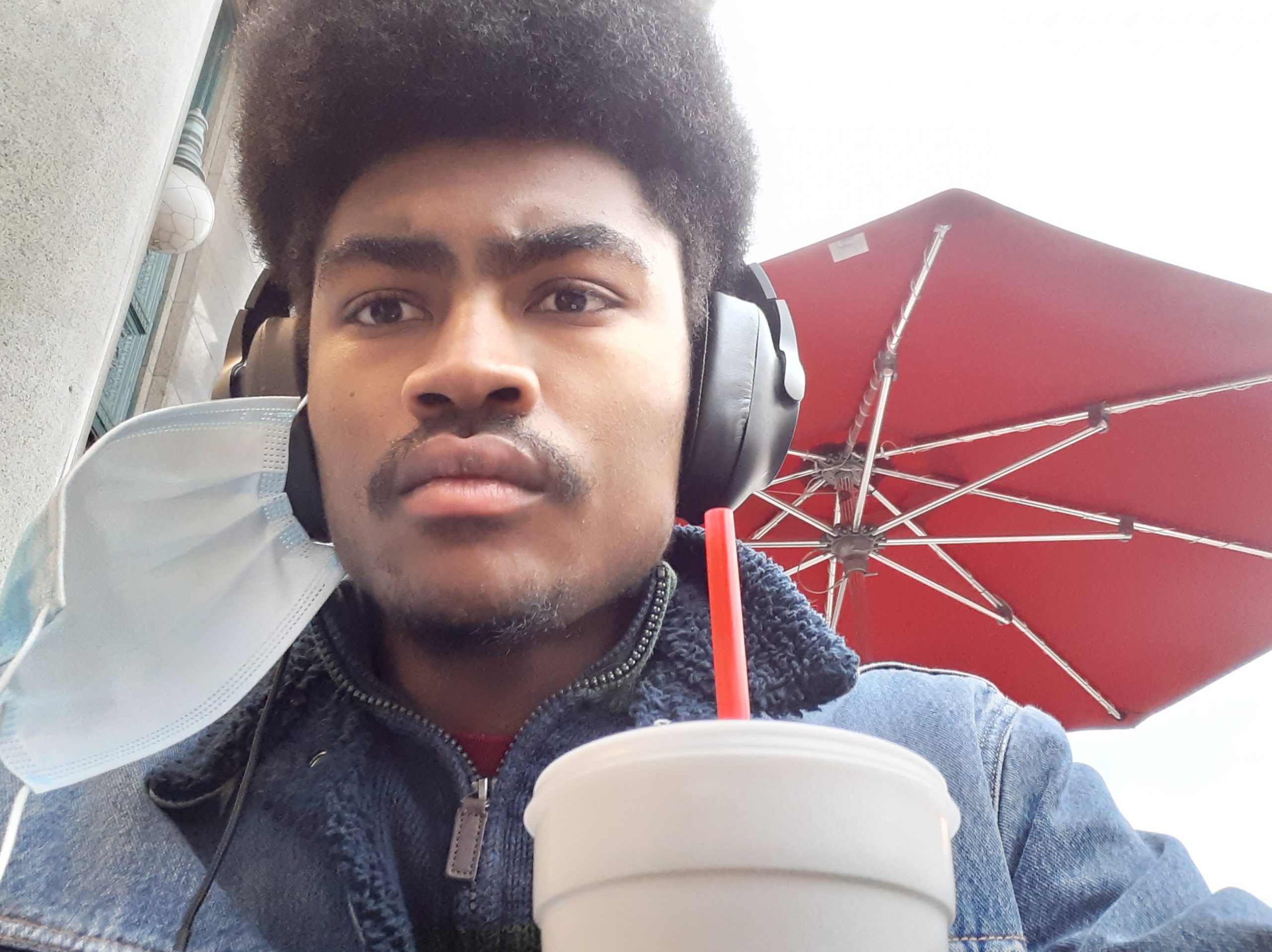Netflix’s show “Dear White People” wastes no time presenting its challenging subject matter to the audience. Immediately, it begins in a fictional Ivy League school named Winchester, where a house full of white students is having a blackface party. It becomes blindingly clear that it will pull no punches as Sam, one of the main characters, is volunteered to lead a discussion about slavery by her white teacher. During a montage, she is compared to Beyonce, Storm from “X-Men” and asked, “What are you?” by white people. This all happens within the first three minutes of the first episode, and I remember thinking that I would not be surprised if people found it off-putting.
And off-put people were. “Dear White People” faced much backlash on its release for being racist against white people, or at least for painting all white people as though they were insensitive. In many ways, this perspective is somewhat understandable; every white person in this introduction is either bumbling in their ignorance or plainly racist. But these critics don’t understand that “Dear White People” is incredibly nuanced.
What makes the show so deceptive is that its tone mocks much of the culture it critiques, with Sam and her friends constantly quipping about the ridiculousness of white culture. However, an attentive watcher will observe the same kind of critique targeted at its characters of color and their thought processes.
To understand these much more subtle critiques, viewers must familiarize themselves with the pertinent members of the cast. Sam is the main character of “Dear White People,” and she has a white father and a black mother; Coco is an extremely determined woman who spent most of her time trying to assimilate into white culture; Troy is the son of the school’s president and is immensely privileged due to his position; and Gabe, the most crucial character, is Sam’s white love interest.
Each character is dynamic enough to tell a story that is not burdened by some reverse-racist dogma, as believed by the show’s critics. Rather than any one of them being a mouthpiece for the show’s writers, they are all flawed, vulnerable characters with mistaken beliefs. “Dear White People” is not trying to be one-sided in its depiction of the subject matter; rather, it is trying to give insight into problems that are inherently very complicated. So, too, must the characters themselves be complex.
Sam is the focal point of this dance of egos. She is initially torn from her devil-may-care attitude when she meets Gabe, a handsome, kind and, most importantly, white character. The perfection of his character is crucial for the show’s critique to work. Sam’s dilemma is thus distilled into the following: fall in love with a white guy and become a hypocrite, or stay away from him and lose the perfect man. This catch 22 is integral to the development of her character — turning away the perfect man because of his race is just so obviously backward that, even for a die-hard activist like Sam, it forces one to reconsider their commitment to keeping their circle ethnically homogeneous.
Sam’s friends, including Coco and Troy, serve to check this development. They know her well enough to remember all the mocking rhetoric she broadcasted to hundreds, and if she goes with Gabe, they will surely ostracize her as a fake.
In the end, Sam pairs up with Gabe, but the problems end up going much deeper than her friends’ perception of her. While Sam and Gabe are the perfect couple in theory, the social spheres the two occupy are wholly different and not entirely welcoming to the other. Sam finds it very difficult to bring Gabe to social events with her friends, as he can’t participate in the same capacity as a person of color.
Due to Sam’s deep roots in activism within the Black community at Winchester, these social circles are the only circles she has, and so they risk being torn apart at the seams. They are worlds apart, and they must question everything they knew about the other’s perspective. Gabe comes to realize just how different the problems of people of color are, and Sam struggles to resolve what she actually wants white people to do.
Gabe becomes an extremely sympathetic character, again debunking the idea that the show is prejudiced against white people. Even for me, a Black man who has been in race-critical spaces for a long time, it is difficult to see a white person who genuinely wants to help be shunned because “they don’t know what it’s like.” And doubly so, because they don’t know what it’s like, it becomes extremely complicated to contemplate exactly the role white voices should fill in race-critical spaces like the ones depicted in “Dear White People.”
When the writers walk this line, they are at their best. Because here, nobody is in the right, nor is anyone in the wrong. Everyone can be understood where they stand, and as active viewers, we must challenge where we stand. To ignore this nuance and dissolve the show into “race-baiting” or “reverse racism” is to be myopic at best.
“Dear White People” is brilliantly deceptive. On the surface, the show seems dedicated to bashing white culture, but it’s actually an exceptional deconstruction of the conversation around it. The question of how white people should contribute to racial discourse is rarely so elegantly posed. To those without an eye for subtlety, Netflix’s “Dear White People” falls flat on its face — but for those nimble enough to work their way around its dramas and metaphors, the show stands proudly and ought to be recognized as one of the best TV series on the platform.

















